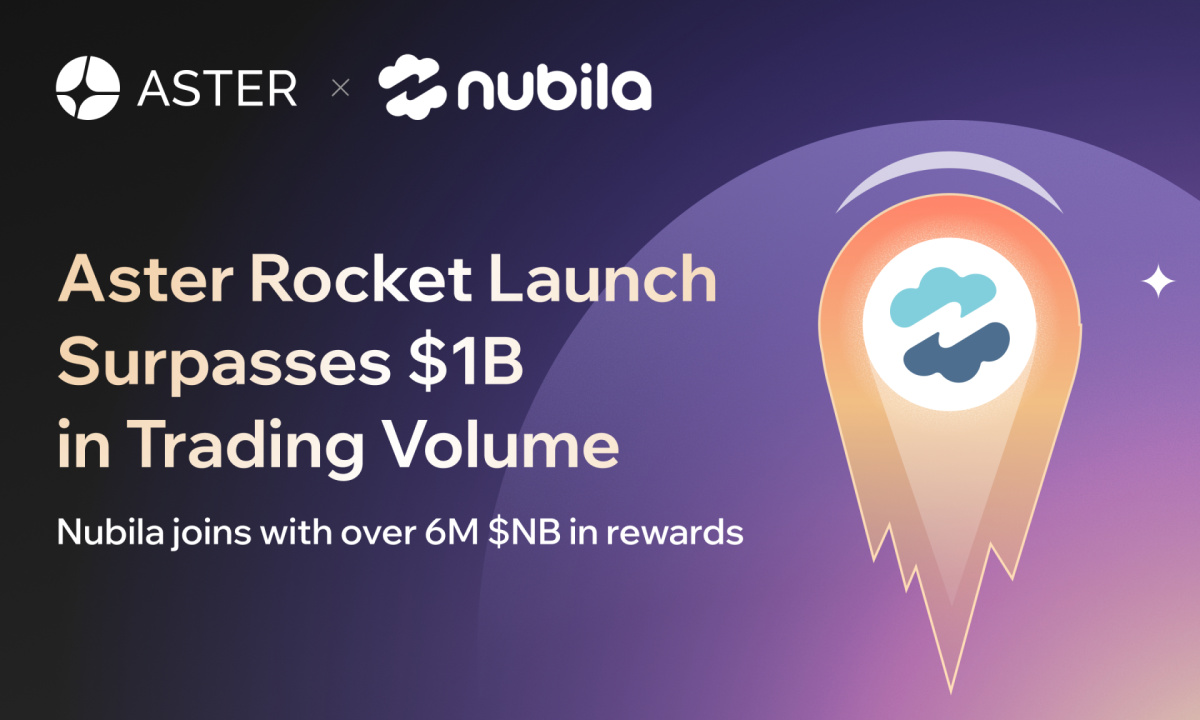Ciri (Freya Allan) in Netflix’s The Witcher season 4
Netflix
Season 4 of Netflix’s The Witcher ends with Geralt (Liam Hemsworth) finally earning his long-awaited knighthood, but at what cost?
Geralt, Yennefer (Anya Chalotra) and Ciri (Freya Allan) experience major changes this season, pushed into different roles and discovering new aspects of themselves.
What Happened To Geralt In ‘The Witcher’ Season 4 Finale?
Season four of Netflix’s The Witcher sees Geralt and Yennefer seek to rescue Ciri from her father, the Emperor of Nilfgaard, Emhyr (Bart Edwards).
Neither were aware that Emhyr had been duped by an imposter, and is keeping up the ruse for the sake of appearances.
Geralt’s band of misfits has expanded over the season, featuring the vampire Regis (Laurence Fishburne), Cahir (Eamon Farren), Yarpen (Jeremy Crawford) and Zoltan (Danny Woodburn), along with Jaskier (Joey Batey) and Milva (Meng’er Zhang).
As the group sails past the Battle for the Bridge on the Yaruga, they find themselves in yet another life-threatening situation.
Geralt wisely wanted to remain neutral in the Continent-splitting war, but as the Nilfgaardian forces invade the bridge, Milva begins to suffer a miscarriage.
Hence, Geralt makes a fateful decision and chooses a side.
Geralt, Cahir and Zoltan fight alongside the Northern soldiers in the name of Queen Meve. Despite facing stacked odds, the team are victorious and manage to hold the crossing, but the unlikely victory has a domino effect, as Queen Meve (Rebecca Hanssen) thanks Geralt personally.
Amusingly, Geralt didn’t even know which land Meve rules over, but she offers him the knighthood that he so desperately wanted. As revealed in a previous flashback, Geralt always wanted to be real knight, and only referred to himself as Geralt of Rivia to sound more imposing.
With the blessing of the Queen’s blade, the Witcher is officially Geralt of Rivia, but it proves a bittersweet victory, as the Queen binds him to her service.
For the chaotic wanderer, searching for his lost family, this isn’t an ideal situation—Geralt has essentially been locked in a pair of golden handcuffs, forced into permanently joining the side he spontaneously fought for.
Be careful what you wish for, I suppose.
What Happened To Yennefer In ‘The Witcher’ Season 4 Finale?
Yennefer has done all she can to create a durable resistance against the evils of Vilgefortz (Mahesh Jadu), weakening his grasp over the portals during the Battle of Montecalvo, and stepping into her new role as leader of the newly united mages.
Having discovered that Ciri is not a captive of Emhyr, Yennefer decides to track down Vilgefortz herself, believing that she is strong enough to kill him.
She has established a new sisterhood and sense of solidarity among the mages of Montecalvo, and feels comfortable enough to step away.
Using the blood of Vilgefortz smeared on Vesemir’s dagger, Triss (Anna Shaffer) uses her magic to track down Vilgefortz, and a portal opens before them.
Triss warns Yennefer that she might end up in a difficult location, a place where Vilgefortz might hold an advantage.
Triss’ warning proves true, as the portal drops Yennefer into the sea, where she is being drawn in towards a great whirlpool.
It’s a nice metaphor for the way in which the characters have been forced into conflict throughout the season, unable to escape the gravitational pull of war.
Meanwhile, Vilgefortz is waiting for Yennefer, and is harvesting the tongue and eyes of his underlings, seemingly to prepare a spell.
What Happened To Ciri In ‘The Witcher’ Season 4 Finale?
This season has seen Ciri explore her darker side, her Jungian shadow, having taken on a new identity and joining a group of lowly thieves known as the Rats, calling herself “Falka.”
Ciri’s father, Emhyr, seeks to marry his own daughter to strengthen his claim to power, and hires the merciless Leo Bonhart (Sharlto Copley) to track her down.
Leo draws Ciri to him by slaughtering the Rats, almost effortlessly, showing his immense skill as a warrior and willingness to do what it takes to win.
Ciri arrives too late, and proves no match for Leo’s blade—Crir’s story ends on a cliffhanger, with her held captive and forced to watch as her friends are killed in increasingly depraved and painful ways.
Who Are The Narrators Stribog And Nimue?
This season features an unusual narrative device, with the travelling storyteller Stribog entertaining a young girl, Nimue, with the tales of Geralt and his friends, one hundred years after they occurred.
We return to the pair in the season finale, as Nimue (Sha Dessi) has grown up and is inspired to go on her own adventure. She tells Stribog that she feels a kinship with Ciri and is about to study to become a mage.
Stribog gives her his book and hints that she will prove important to the future of this story, but her role is yet to be revealed.
Renfri’s Brooch Is Used Against Geralt
The final scene sees Emhyr seek to take down Geralt, speaking to a large, mysterious beast he has in a cage. Emhyr holds Renfri’s brooch, which still reeks with the scent of Geralt.
Emhyr tells the creature to use the brooch to track Geralt down. We’ve seen our Witcher defeat countless monsters, but this one is hinted to be beyond even Geralt’s skills.
The death of Renfri was one of Geralt’s biggest regrets and failures, and he held on to the brooch as a reminder to stay out of human affairs.
Of course, Geralt never managed to do so, and his decisions are about to come back to haunt him in season 5.
MORE FROM FORBES
Source: https://www.forbes.com/sites/danidiplacido/2025/10/30/the-twist-ending-of-netflixs-the-witcher-season-4-explained/


